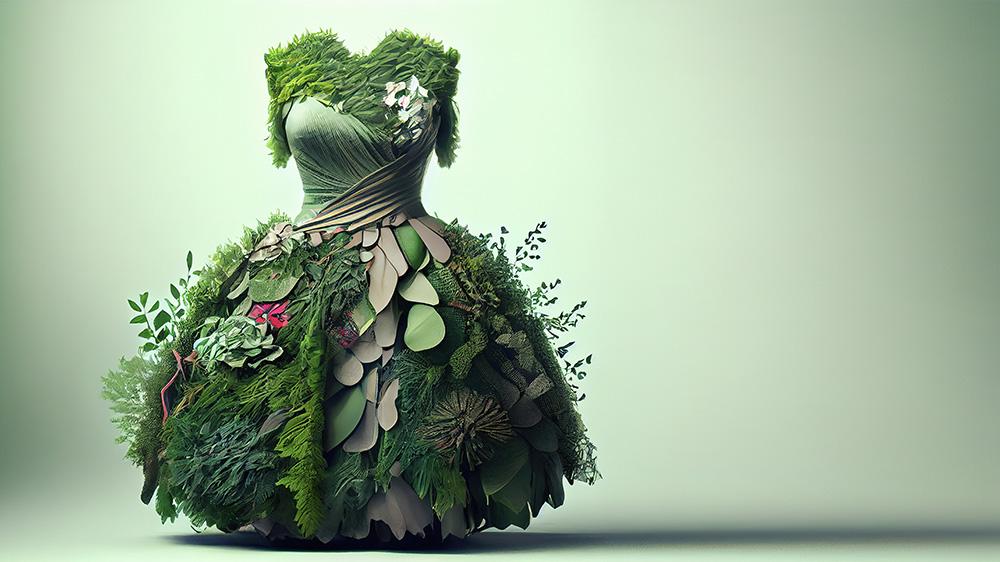
10 tips to follow to become part of sustainable fashion
In reality, with sustainable or ecological fashion, we are referring to a school of thought that seeks to achieve sustainability and ethics in this industry. It is about raising awareness that takes into account the processes and resources required for manufacturing an article of clothing.
According to a study by the Polytechnic University of Madrid, a pair of jeans needs between 2130 and 3078 litres of water in its production process. With this information, you get an idea of the enormous impact a scarce commodity such as water has on the textile sector. In fact, cotton growing uses more than 3% of the planet’s water consumption and, given the increasing demand, croplands have increased. And this is just one example.
Ethical fashion advocates for taking all these processes into account and offering better quality garments that last longer. Conversely, it also considers the how people who work in this sector are treated, demanding fair wages and good working conditions.
Characteristics of ethical fashion garments
Garments produced under the ethical fashion standard can be distinguished by the requirements they meet. These are some:
- They are made with high quality sustainable materials: silk, bamboo, linen or organic cotton, enter alia.
- The designs are timeless and are not governed by perishable impact currents.
- They are not usually sold in big chain clothing stores, but in small local shops.
- They are produced and sold in the same geographical area. They also resort, as much as possible, to using local raw materials. This is because they take into consideration the carbon footprint of transport in taking them far from the point of origin.
- They often resort to custom manufacturing in order to prevent consuming more than is required.
Benefits of sustainable fashion
There are many and they improve the quality of life of all people. In addition, they form part of the United Nations SDGs. Here is a list of some:
- Reducing the environmental impact, given that it uses processes which minimise damage to the planet.
- Promoting the circular economy and recycling.
- Improving the working conditions of workers.
- Longer lasting.
- Reducing energy costs.
- Improving the corporate image of the producing company.
10 tips to opt for sustainable fashion
If you want you join this movement, you can start by following these 10 basic tips:
- Buy high quality garments, although don’t fill up your wardrobe. Less may be more: garments that allow for different combinations and creating a basic wardrobe are great ideas.
- Actively support local and sustainable designers. Proximity is more sustainable and, in addition, you will also help to strengthen the creative, productive fabric and boost the local economy.
- Read the labels. Look for sustainable raw materials, such as organic cotton, Tencel or linen, inter alia.
- Avoid synthetic fabrics, unless they come from recycling.
- Buy second-hand clothing. If it is already produced, it is best to extend its use.
- Recycle or donate garments you no longer wear. Even if they are of no use to you, someone is sure to take advantage and find other uses for them.
- Take care of your clothing. Increase the durability of garments.
- Sew and make your own small repairs. Mending, is better than renewing.
- Exchange clothing with your circle of friends or family. This is another way of continuing to lengthen the life of your clothing: if it is of no use to you, someone in your immediate circle is sure to make use of it. As it used to be done before…
- Choose classical style timeless clothing, that never goes out of fashion. Don’t only look at fashion trends and look for a timeless style.
The fashion industry has many things still to do in terms of sustainability and the well-being of all citizens. Sustainable fashion advocates for this change in mindset that will make it come to terms with these ethical principles it needs so much. It is not only an environmental impact issue. It also has to be responsible and treat workers fairly throughout the entire production process.
